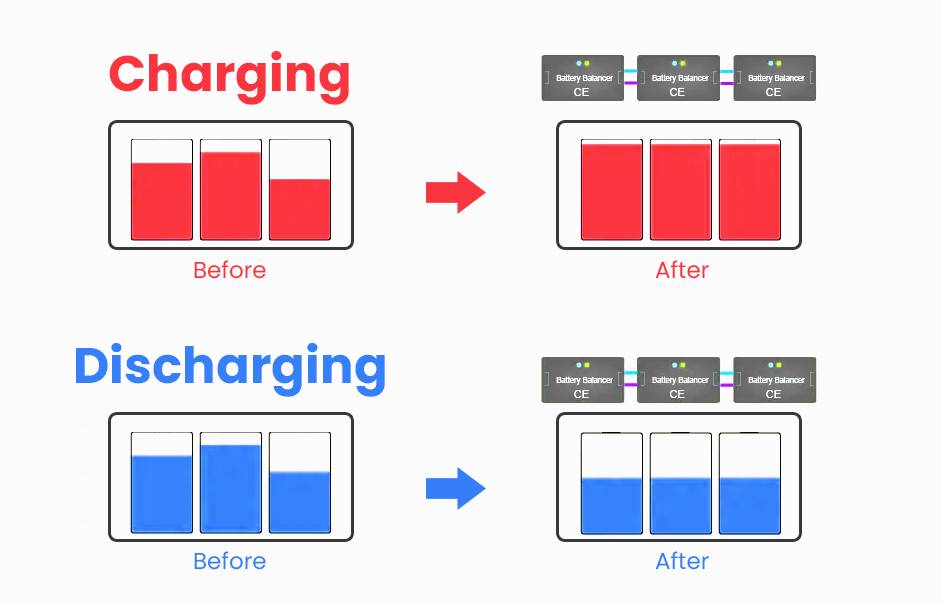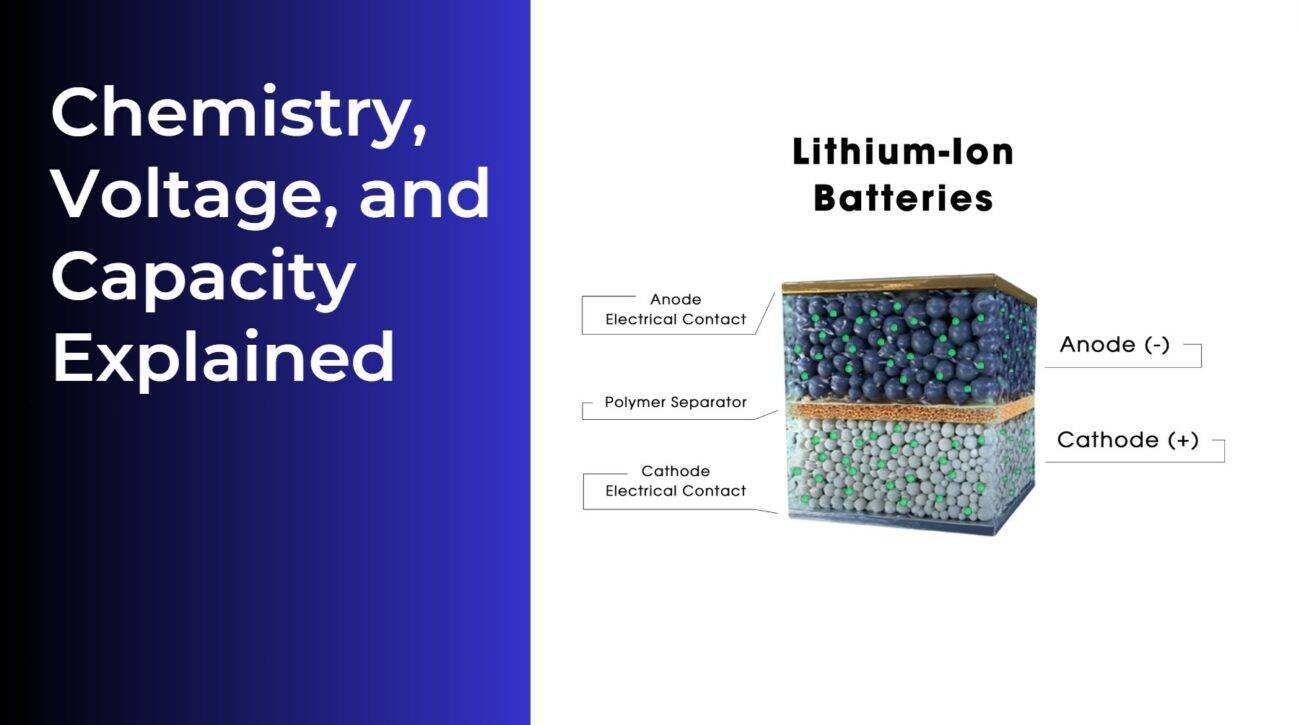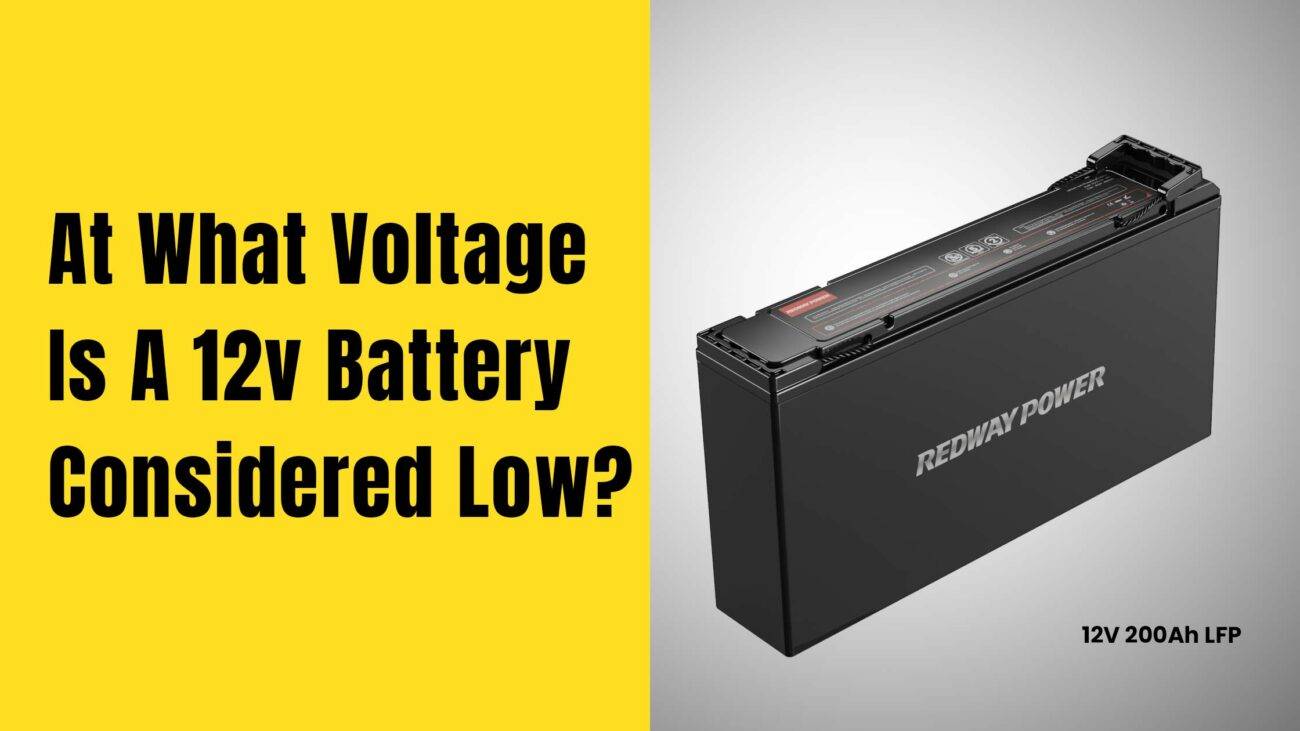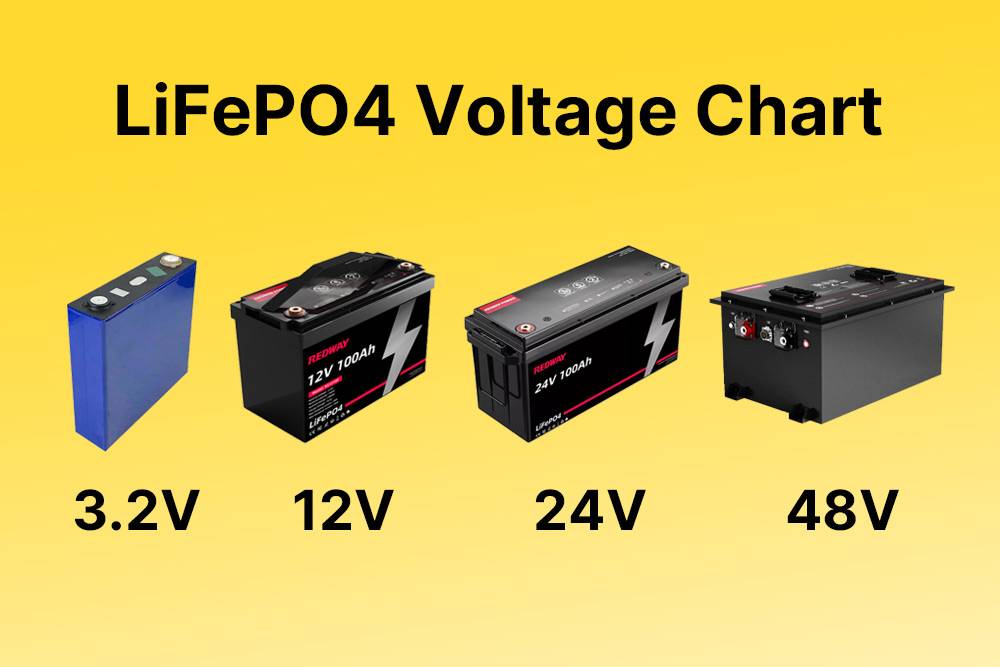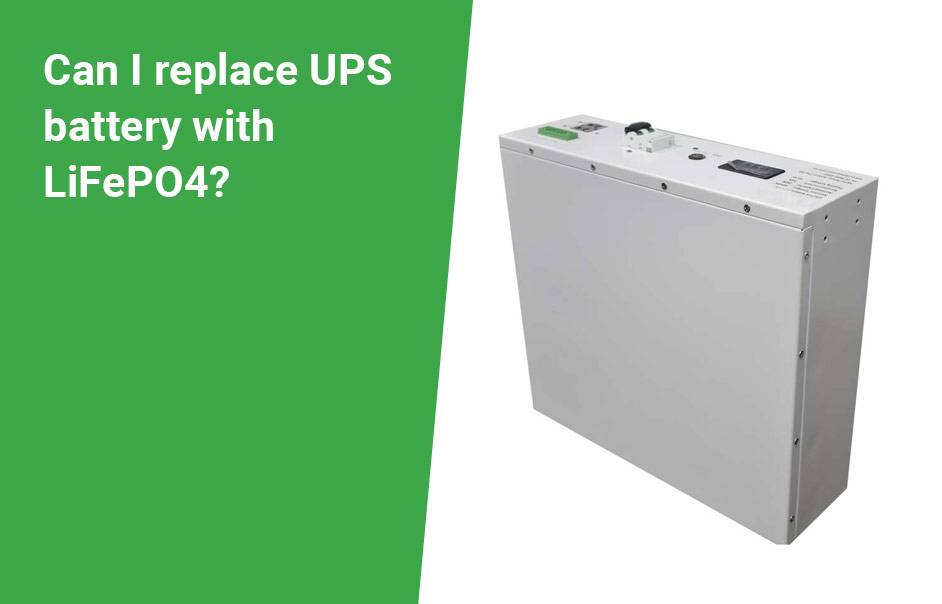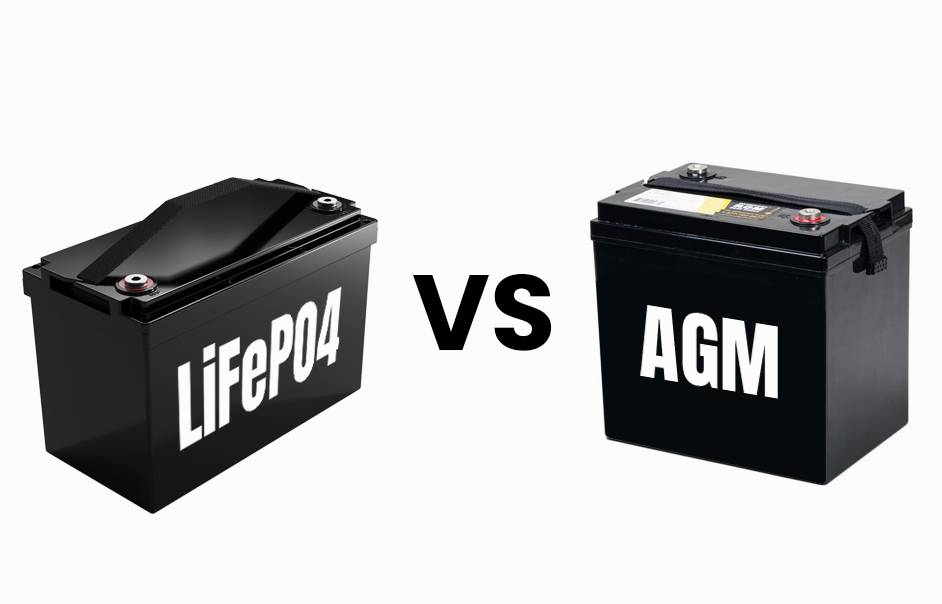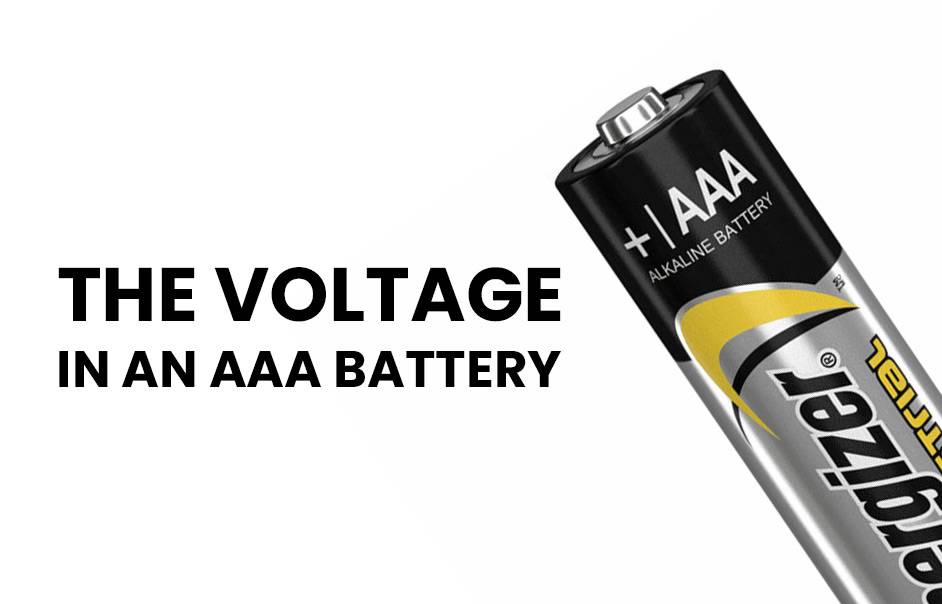Welcome to the world of lithium iron phosphate (LiFePO4) batteries, where “top balance” is a key term. In this blog post, we’ll demystify top balance and delve into the significance of voltage for LiFePO4 batteries. Understanding optimal voltage is crucial for maximizing battery performance in devices and vehicles. Join us on this exploration of why voltage matters for your battery needs and how top balance plays a pivotal role!
Understanding Voltage in Batteries
Understanding voltage is essential when dealing with batteries. It’s the electric potential difference between two points in a circuit and plays a key role in determining a battery’s power. Let’s break it down into key points:
- Definition of Voltage: Voltage is the electric potential difference in a circuit, crucial for extracting power from batteries. It’s measured in volts (V).
- Voltage in Batteries: Batteries generate voltage through chemical reactions. The higher the voltage, the more power a battery can deliver. Alkaline batteries typically have 1.5 volts, while lithium-ion batteries commonly have 3.7 volts.
- Matching Voltage with Devices: Different devices require different voltages to operate correctly. It’s crucial to match the battery’s voltage with the device’s requirements for optimal performance. Not all devices need the same voltage.
Understanding how voltage works in batteries ensures you make informed choices. Whether for small gadgets or larger appliances, matching the correct voltage is key for optimal device and battery performance. So, the next time you’re choosing batteries, consider the required operating voltage to ensure everything works seamlessly.
Factors Affecting Voltage in Top Balance LiFePO4
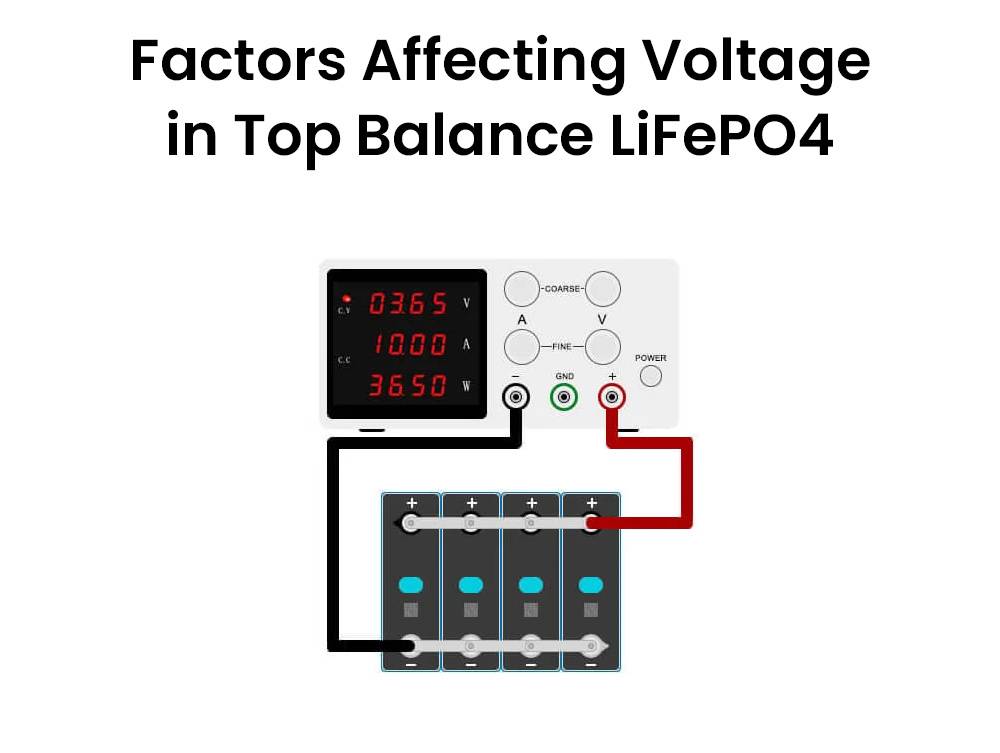
Optimizing the performance of top balance LiFePO4 batteries involves understanding key factors that impact their voltage. Let’s explore these factors in a simplified manner:
- State of Charge (SOC): Voltage is influenced by the battery’s state of charge (SOC). Discharging lowers SOC, leading to decreased voltage, while charging raises SOC, increasing voltage.
- Temperature Impact: Temperature plays a role in voltage fluctuation. High temperatures raise internal resistance, causing a voltage drop, while low temperatures temporarily reduce capacity and affect overall voltage.
- Cell Imbalance: Cell imbalance within the battery pack can disrupt voltage uniformity. Differences in cell capacities or states of charge can lead to uneven current distribution during charging or discharging, affecting overall system voltages.
- Manufacturing Tolerances: Variations in individual cell voltages may occur due to manufacturing tolerances. This contributes to voltage differences among batteries within a top balance LiFePO4 pack.
Understanding and addressing factors like SOC, temperature, cell imbalance, and manufacturing tolerances are crucial for optimizing top balance LiFePO4 battery performance. Monitoring cell balancing and managing temperature effectively can contribute to prolonged lifespan and improved overall functionality of these batteries.
Average Voltage of Top Balance LiFePO4 Batteries
Selecting the right battery involves considering the average voltage, especially for top balance LiFePO4 batteries. Let’s break down the key points:
- Nominal Voltage: Top balance LiFePO4 batteries typically have a nominal voltage of 3.2 volts per cell, making a standard 12-volt battery consist of four cells.
- Consistent Voltage Output: Unlike other batteries that experience voltage drop during use, top balance LiFePO4s maintain a stable voltage throughout their discharge cycle. This consistency ensures a reliable and uninterrupted power source for devices like solar energy storage or electric vehicles.
- Device Longevity: The steady voltage provided by these batteries helps prolong the lifespan of devices by preventing damage from overcharging or undercharging. This reliability is beneficial for various applications, from backup power systems to electric vehicles.
Understanding and considering the average voltage of top balance LiFePO4 batteries is crucial for selecting a reliable power source. With consistent output and longevity benefits, these batteries are an excellent choice for applications where reliability is a priority. Following manufacturer guidelines for charging cycles and temperature management ensures optimal performance and durability.
Benefits of Using Top Balance LiFePO4 with Optimal Voltage
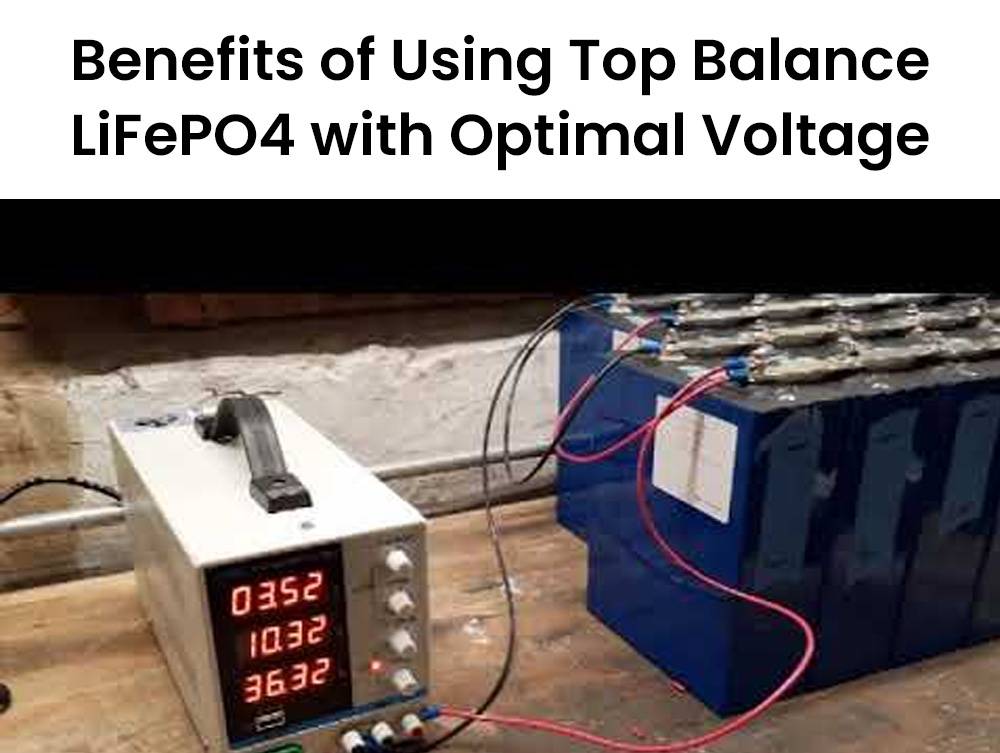
Choosing the right battery is crucial for energy storage, and the top balance LiFePO4 battery stands out for its numerous advantages. Let’s explore the key benefits in a simplified format:
- Optimal Voltage: Top balance LiFePO4 batteries provide a consistent and stable voltage output, ensuring reliable performance without fluctuations. This reliability is essential for efficiently powering devices or storing energy.
- Extended Lifespan: These batteries have a longer lifespan compared to others, lasting for thousands of cycles with proper maintenance. This longevity makes them a cost-effective choice over the long run.
- Improved Safety: Optimal voltage contributes to enhanced safety, thanks to the battery’s excellent thermal stability. It resists heat buildup during charging or discharging, reducing the risk of overheating and potential accidents.
- Faster Charging Times: Top balance LiFePO4 batteries offer faster charging times compared to traditional lead-acid batteries. Their higher charge acceptance rate allows for quick charging without compromising cell integrity.
- Environmental Sustainability: These advanced batteries are environmentally friendly, free from harmful heavy metals like lead or cadmium. Highly recyclable, they contribute to waste reduction and minimal environmental impact.
Choosing top balance LiFePO4 batteries with optimal voltage brings a host of advantages, including reliable performance, extended lifespan, improved safety, faster charging times, and environmental sustainability. These factors make them an excellent choice for diverse applications, from renewable energy systems to electric vehicles.
How Long does It Take to Balance LiFePO4?
Balancing LiFePO4 batteries is influenced by various factors, impacting the time it takes. Let’s break down the key considerations:
- Size and Capacity: The time it takes to balance LiFePO4 batteries depends on their size and capacity. Larger batteries with higher capacities generally require more time for balancing compared to smaller ones.
- Charging Method: The chosen charging method significantly affects balancing time. Different chargers have varying rates and algorithms, emphasizing the importance of using a charger specifically designed for LiFePO4 batteries to ensure efficient and effective balancing.
- Battery Condition: The overall condition of the battery is a crucial factor. If a LiFePO4 battery has been over-discharged or has unevenly charged cells, it may take longer to balance compared to a well-maintained battery.
While there isn’t a fixed timeframe for balancing LiFePO4 batteries, factors such as size, charging method, and battery condition influence the duration. By using a suitable charger and maintaining proper care during charging, you can expedite the balancing process, ensuring optimal performance for your LiFePO4 battery over the long term.
Common Misconceptions about Voltage and Top Balance LiFePO4
Misconceptions about voltage and top balance LiFePO4 batteries abound. Let’s debunk some common myths for clarity:
- Higher Voltage, Better Performance: The belief that higher voltage automatically means better LiFePO4 battery performance is a misconception. While higher voltage provides more power, overall performance depends on factors like capacity, discharge rate, and efficiency.
- Uniform Voltage in All LiFePO4 Batteries: Not all LiFePO4 batteries share the same voltage. The voltage varies based on design and configuration. Top balance LiFePO4 batteries are specially crafted to maintain balanced voltage across individual cells, ensuring optimal performance and longevity.
- Voltage Drop Indicates Faulty Battery: Assuming a sudden voltage drop signals a defective top balance LiFePO4 battery is a misconception. Voltage fluctuations can be normal, caused by factors like temperature changes or high current draw during heavy usage. Occasional variations do not necessarily mean a faulty battery.
- Balancing Time Concerns: There’s a misconception that balancing top balance LiFePO4 batteries takes excessive time. While initial balancing may take some time, modern top balance systems efficiently distribute charge among cells quickly and effectively.
- Ideal State-of-Charge (SOC) Isn’t Always 100%: Keeping top balance LiFePO4 batteries fully charged at all times doesn’t always maximize lifespan. Lithium iron phosphate chemistry prefers partial states-of-charge between 20-80%, reducing stress on the battery and extending overall lifespan. Regularly fully charging or discharging the battery may not be ideal.
Clarifying these misconceptions ensures better understanding of top balance LiFePO4 batteries, promoting effective usage and maintenance practices for optimal performance and longevity.
Conclusion: Choosing the Right Battery for Your Needs
Choosing the right battery is crucial for optimal performance. For top balance LiFePO4 batteries, understanding voltage is key. Let’s break it down:
- Optimal Voltage Range: Top balance LiFePO4 batteries have a reliable voltage range between 3.2V and 3.6V per cell. This optimal voltage brings benefits like improved efficiency, increased cycle life, and enhanced safety features.
- Misconception about Higher Voltage: Contrary to a common misconception, higher voltage doesn’t always mean better performance in top balance LiFePO4 batteries. Exceeding recommended voltage can lead to reduced lifespan and safety hazards.
- Balancing Time Considerations: The time it takes to balance LiFePO4 cells varies based on factors like charge rate, capacity imbalance, and battery pack condition. Allowing sufficient time for proper balancing is crucial for maintaining optimum performance.
When choosing a battery, especially for electric vehicles or renewable energy storage, consider the average voltage range and benefits of top balance LiFePO4 technology. Opt for a high-quality battery with optimal voltage characteristics to ensure reliable power delivery and maximize longevity. Make an informed decision based on your requirements and enjoy the advantages of choosing the right battery!

